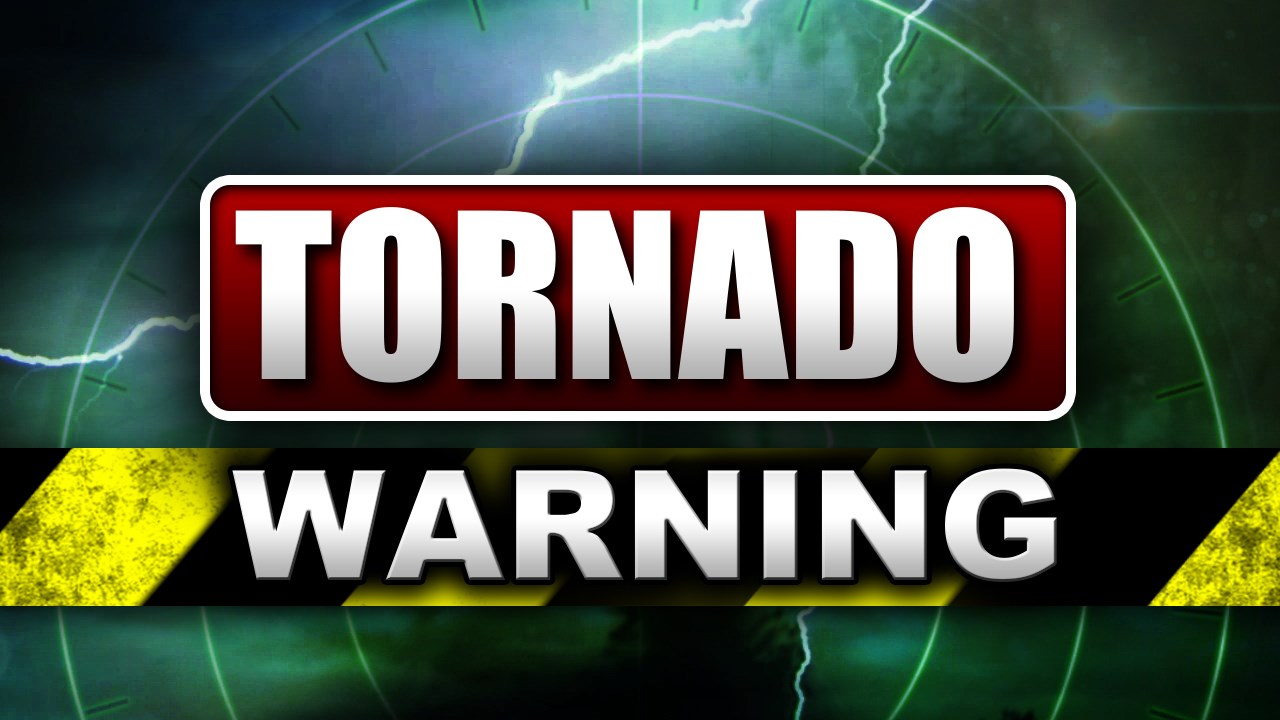Tornado Warning Understanding

A tornado warning is a severe weather alert issued by the National Weather Service (NWS) when a tornado has been spotted or is indicated by radar. It is a critical warning that signifies an imminent threat to life and property.
Warning Signs and Conditions
Tornadoes are typically associated with severe thunderstorms, and certain conditions can indicate their potential formation. These include:
– Dark, rotating clouds
– Wall clouds or funnel clouds
– Rapidly rotating air
– Debris being lifted into the air
– A sudden drop in temperature or air pressure
Identifying and Interpreting Warnings
When a tornado warning is issued, it is crucial to take immediate action. The warning will typically include:
– The location and direction of the tornado
– The time of the warning
– Instructions on what to do
It is important to pay attention to the specific details of the warning and follow the recommended safety measures.
Tornado Safety Procedures
When a tornado warning is issued, it is crucial to act swiftly and seek shelter immediately. Knowing the appropriate safety measures can save lives and minimize the risk of injury or damage.
Upon receiving a tornado warning, take the following immediate actions:
- Listen to local news and weather updates for the latest information.
- Move to a designated safe shelter as quickly as possible.
- Stay away from windows, doors, and exterior walls.
- If outside, seek shelter in a sturdy building, underground structure, or a designated tornado shelter.
Seeking Shelter
When seeking shelter during a tornado, it is essential to prioritize safety and find the most suitable shelter available. Here’s a step-by-step guide:
- Identify a safe shelter: Look for a sturdy building with a basement or interior room without windows, such as a bathroom, closet, or hallway.
- Get to the lowest level: If possible, move to the lowest level of the building and stay away from windows.
- Protect yourself: Crouch down and cover your head with your hands, a blanket, or a pillow.
- Stay informed: Continue to listen to weather updates and follow instructions from local authorities.
Types of Safe Shelters
The effectiveness of a tornado shelter depends on its construction and location. Here are some common types of safe shelters:
- Basements: Basements provide good protection from tornadoes, as they are typically below ground level and surrounded by sturdy walls.
- Interior rooms without windows: Interior rooms without windows, such as bathrooms, closets, and hallways, can offer some protection from tornadoes.
- Designated tornado shelters: These shelters are specifically designed to withstand tornadoes and provide the highest level of protection.
Remember, staying informed and acting quickly when a tornado warning is issued can significantly increase your chances of staying safe during this dangerous weather event.
Tornado Preparedness: Tornado Warning

In the face of unpredictable tornado threats, preparedness is crucial for safeguarding lives and minimizing damage. By taking proactive steps, individuals and communities can enhance their resilience and mitigate the potential impact of these devastating storms.
A comprehensive emergency plan forms the foundation of tornado preparedness. This plan should Artikel specific actions to be taken before, during, and after a tornado warning. It should include designated safe zones, evacuation routes, and a communication system to ensure everyone knows what to do.
Emergency Plan
- Establish a designated safe zone in your home, such as a basement or interior room on the lowest floor.
- Identify multiple evacuation routes from your home and neighborhood.
- Create a communication plan that includes a designated out-of-state contact person and a method for family members to stay informed of each other’s whereabouts.
Tornado Safety Kit
A well-stocked tornado safety kit is essential for survival during a tornado. It should include:
- First-aid kit
- Flashlight and extra batteries
- Battery-powered or hand-crank weather radio
- Whistle or air horn
- Non-perishable food and water (one gallon per person per day)
- Medications and important documents
Staying Informed, Tornado warning
Staying informed about tornado risks and warnings is vital for timely preparation. Regularly monitor weather forecasts and sign up for local alerts. Listen to local news and weather updates, and pay attention to any tornado watches or warnings issued for your area.
Amidst the unsettling rumble of thunder, a tornado warning blares, urging us to seek shelter. As the winds whip and the skies darken, our thoughts turn to the Evansville weather , where tornadoes have been known to wreak havoc. The urgency of the warning resonates with the unpredictability of nature, reminding us of the importance of staying vigilant in the face of its unpredictable forces.
The shrill of a tornado warning echoed through the air, a reminder of nature’s unpredictable fury. Yet, even amidst the chaos, the pursuit of knowledge continued. For an in-depth analysis of the current weather conditions in Lexington, Kentucky, refer to weather lexington ky.
With its comprehensive forecast and real-time updates, you can stay informed and prepared, ensuring your safety amidst the tempest.